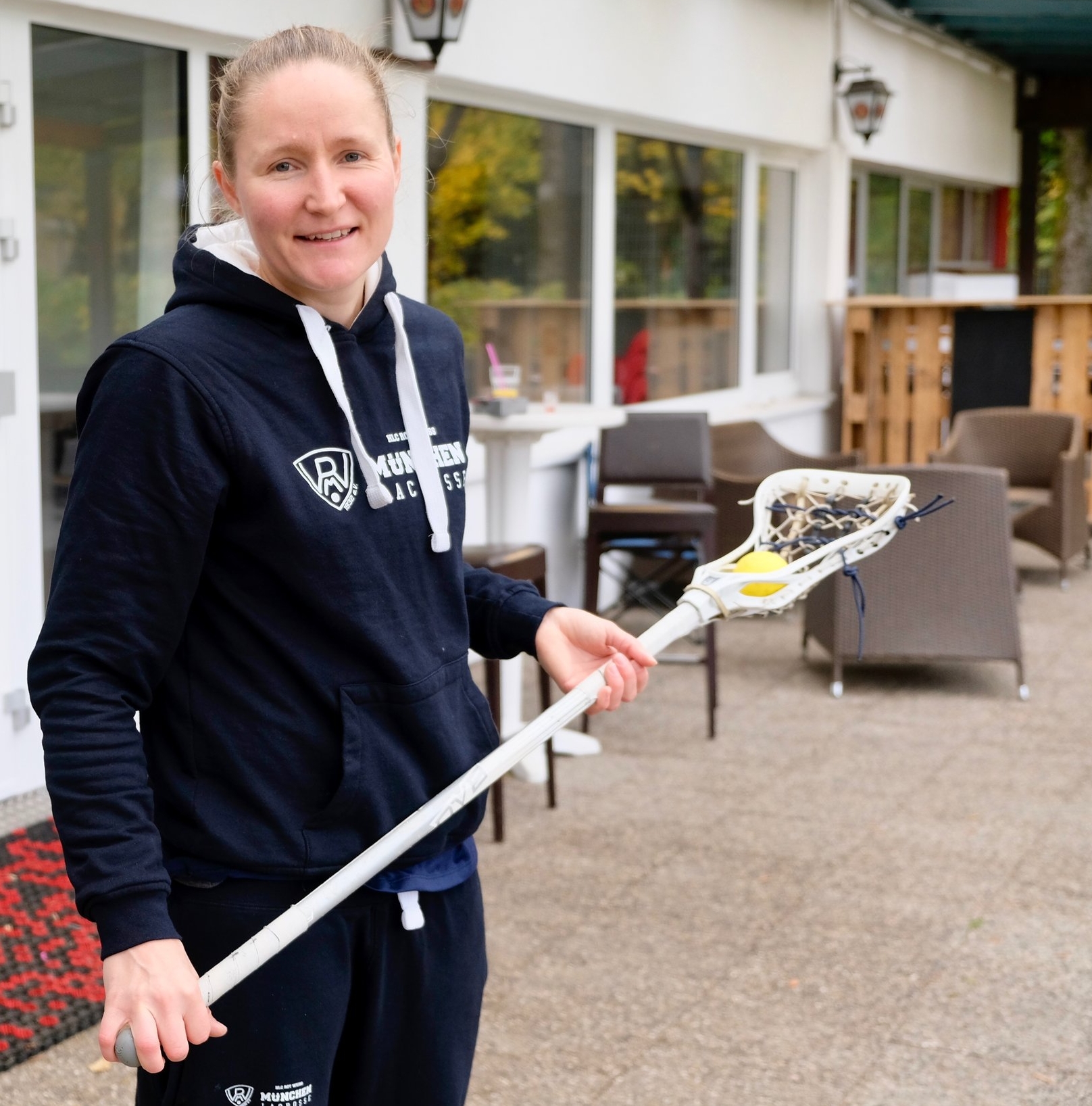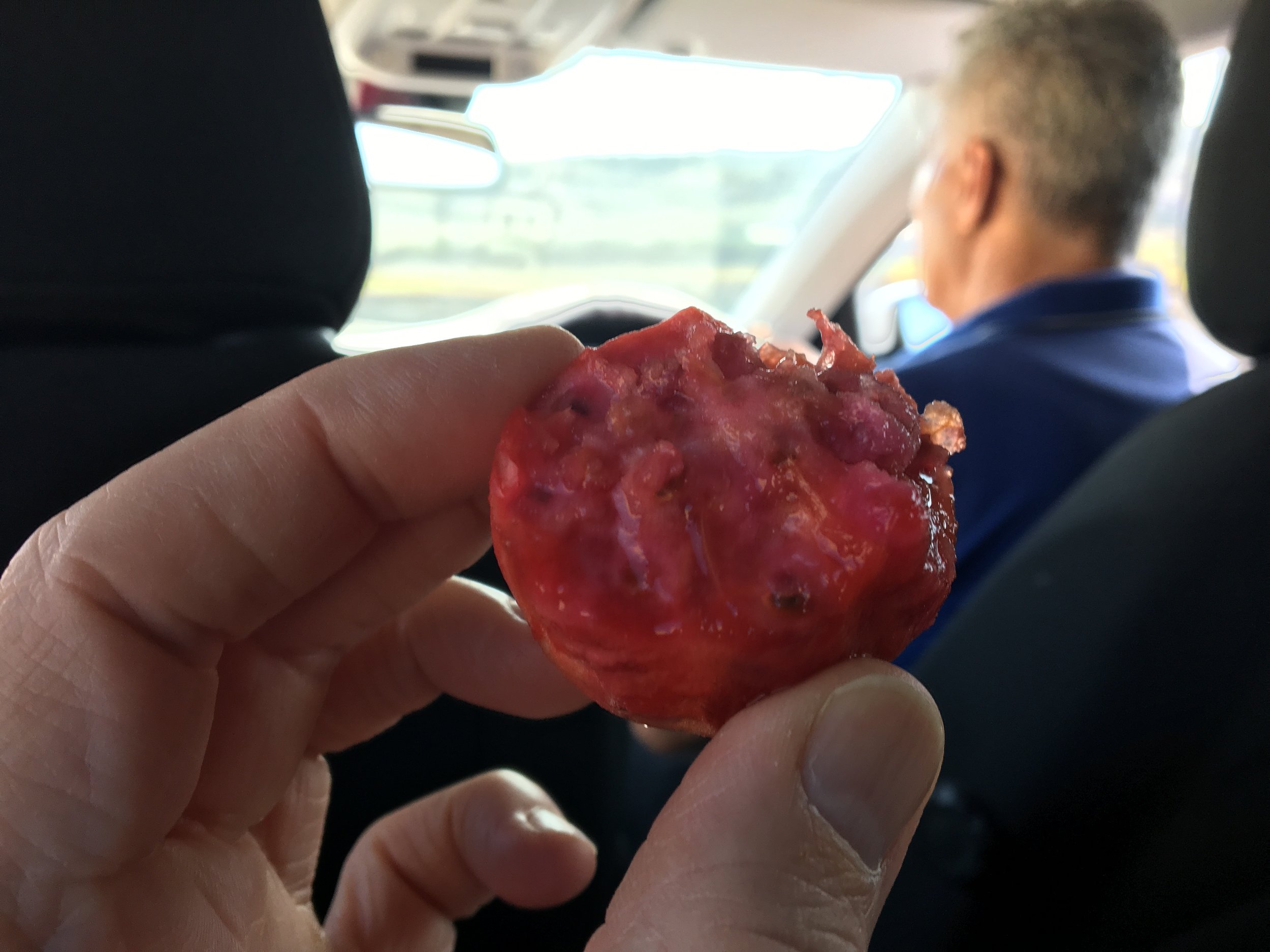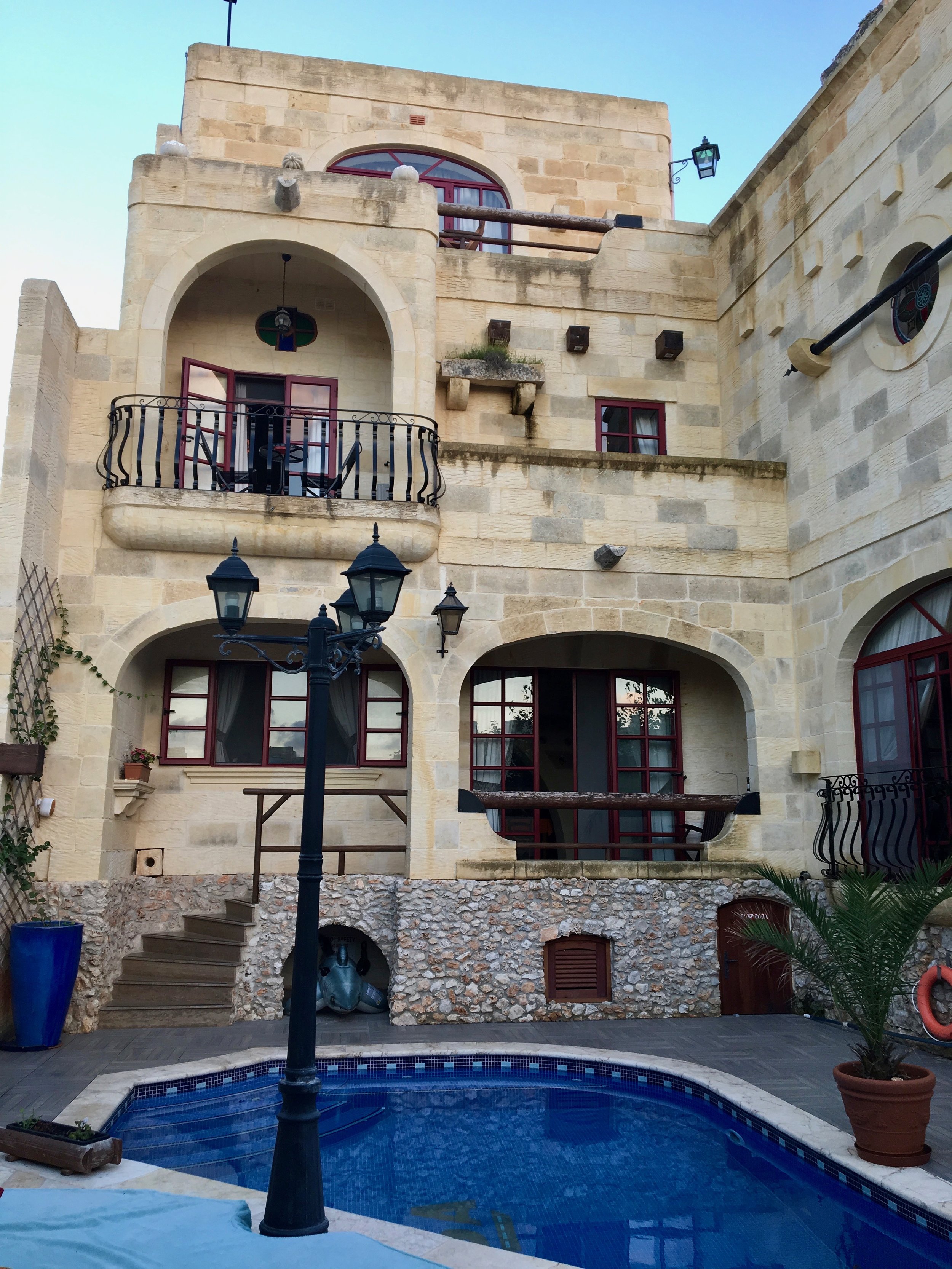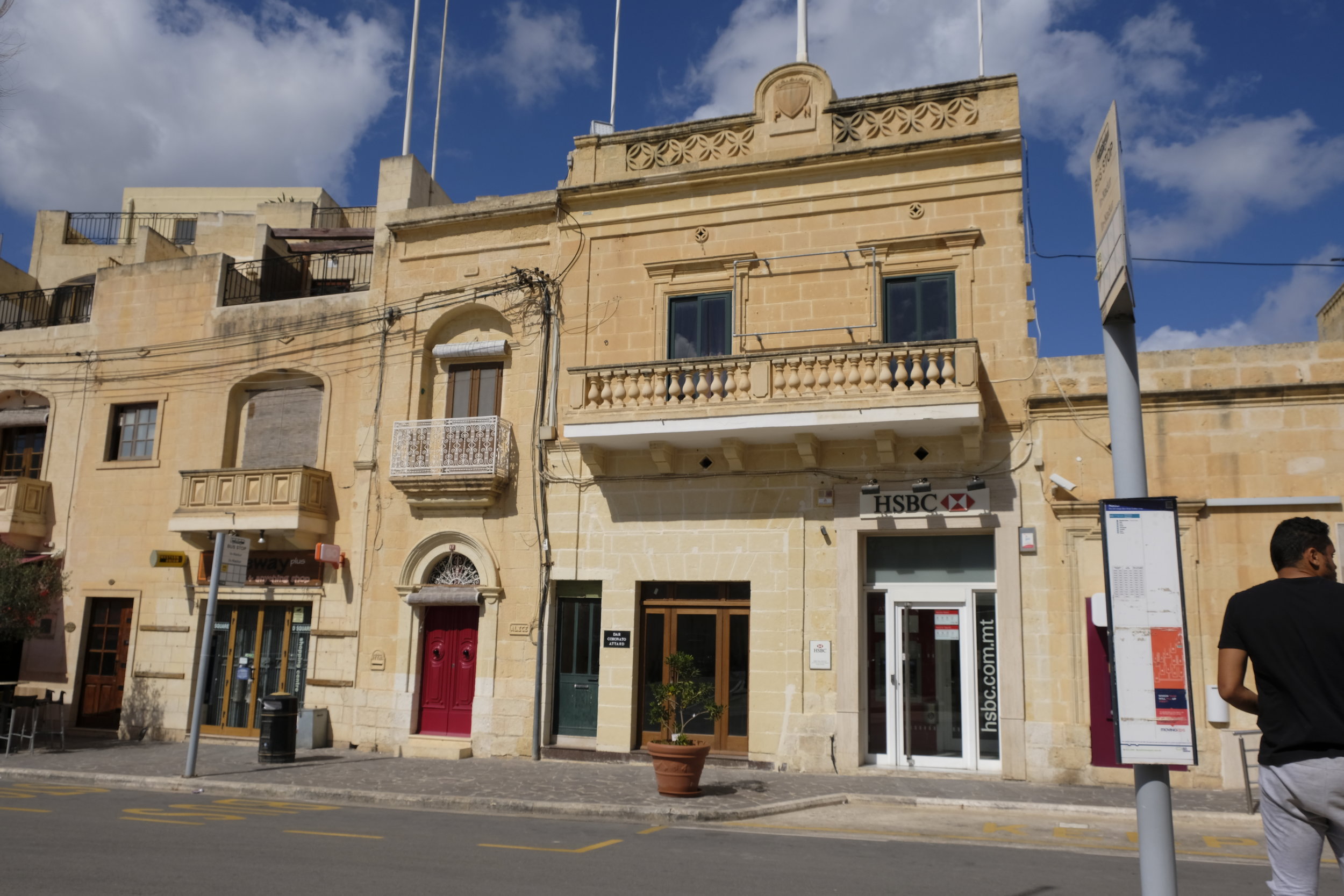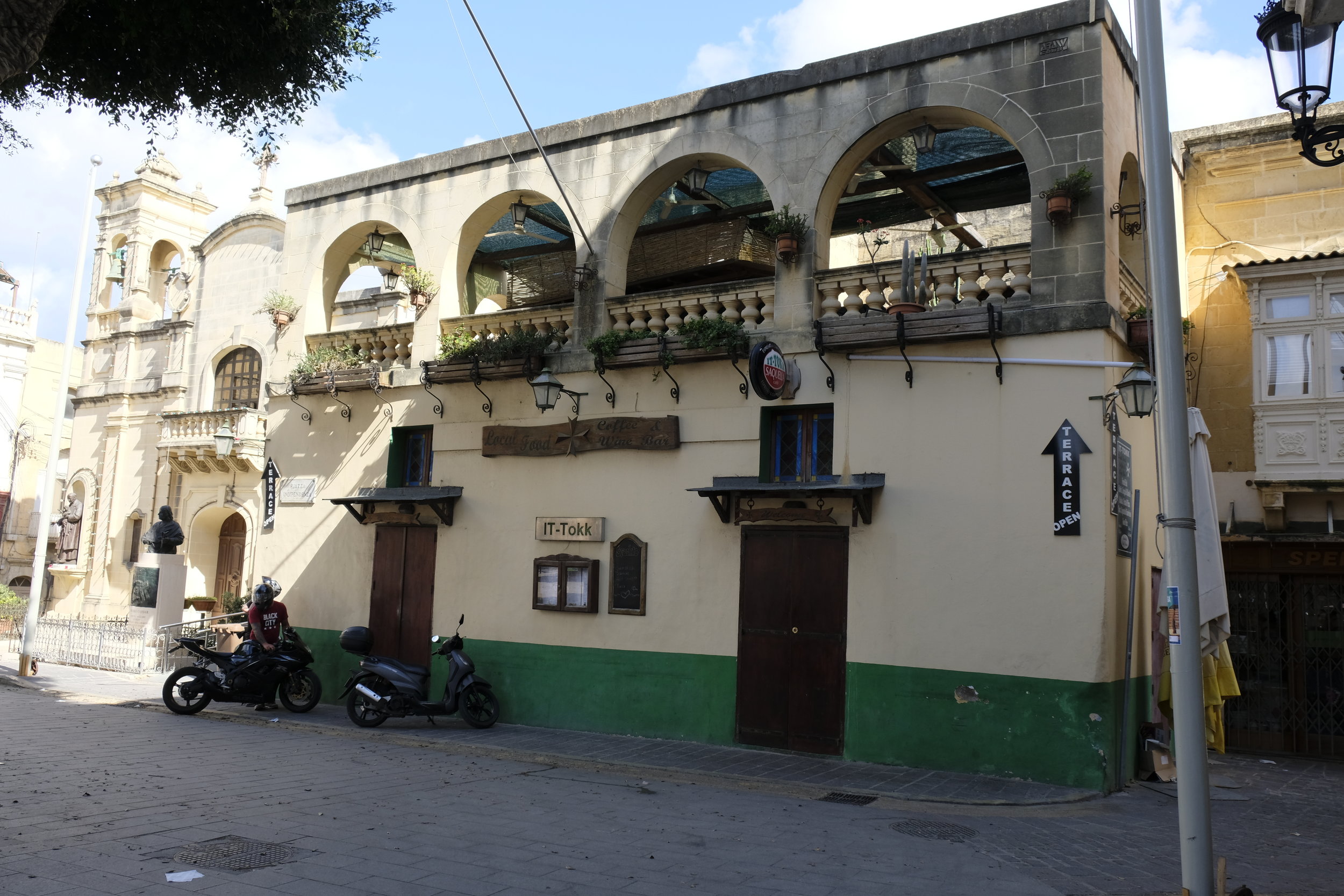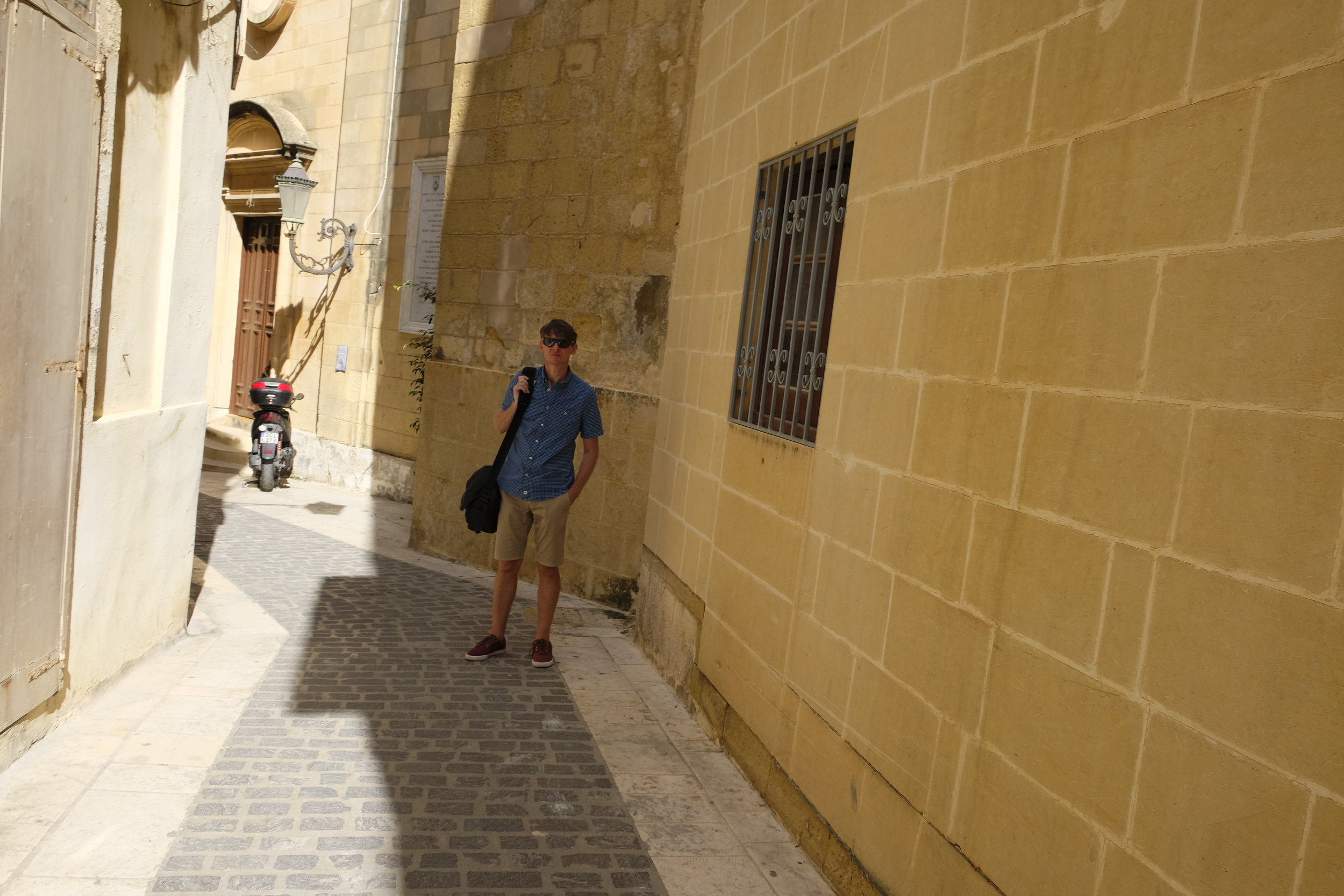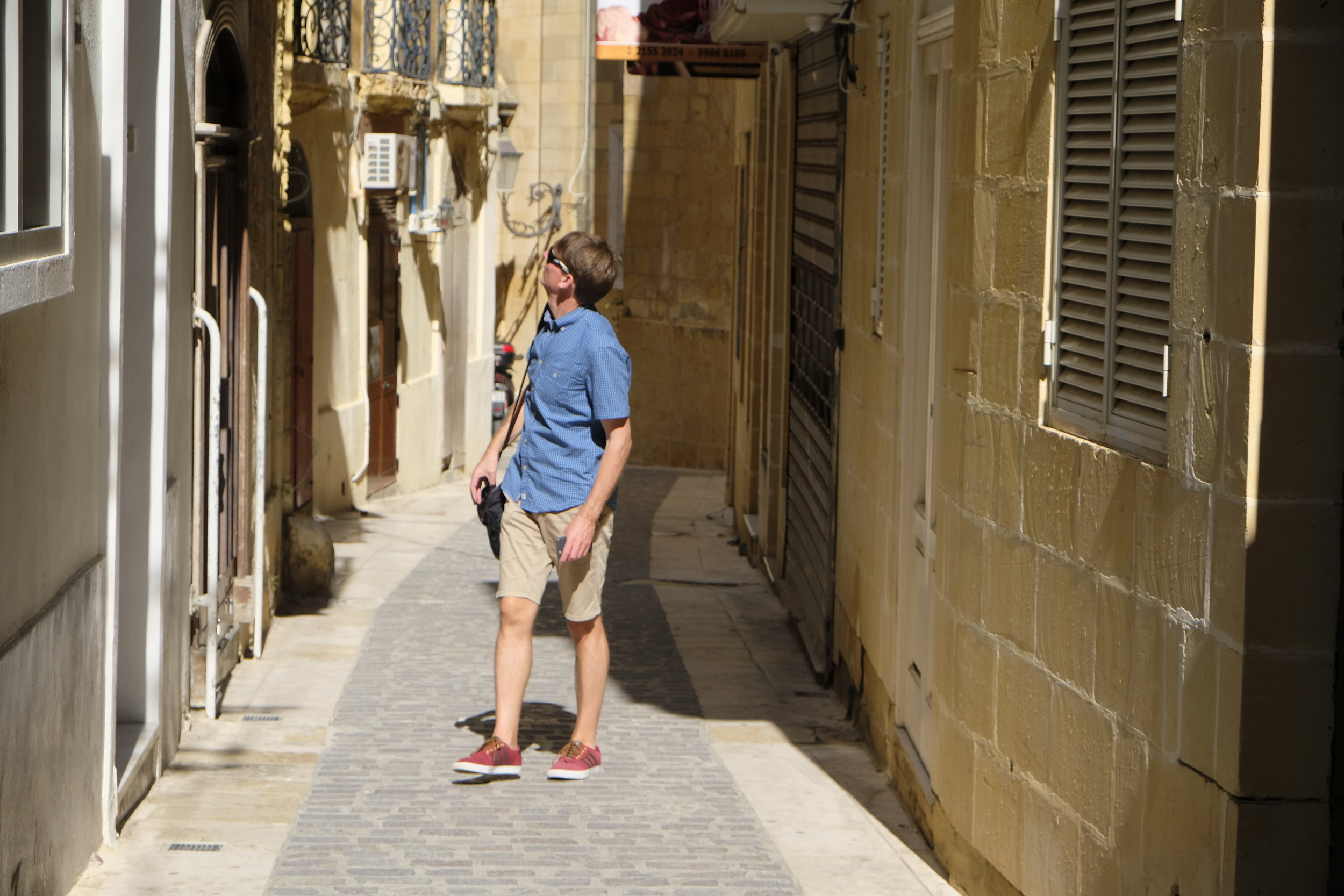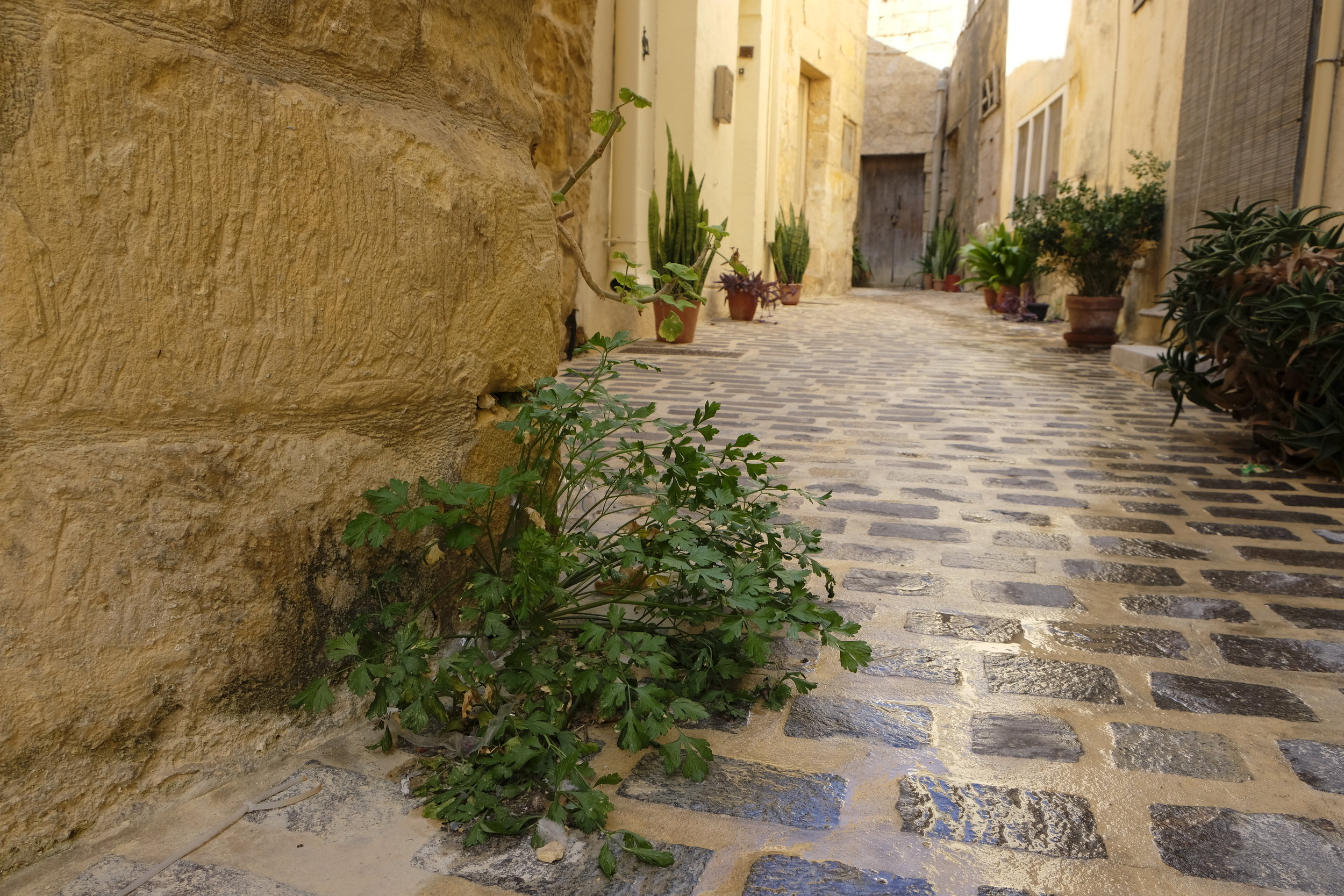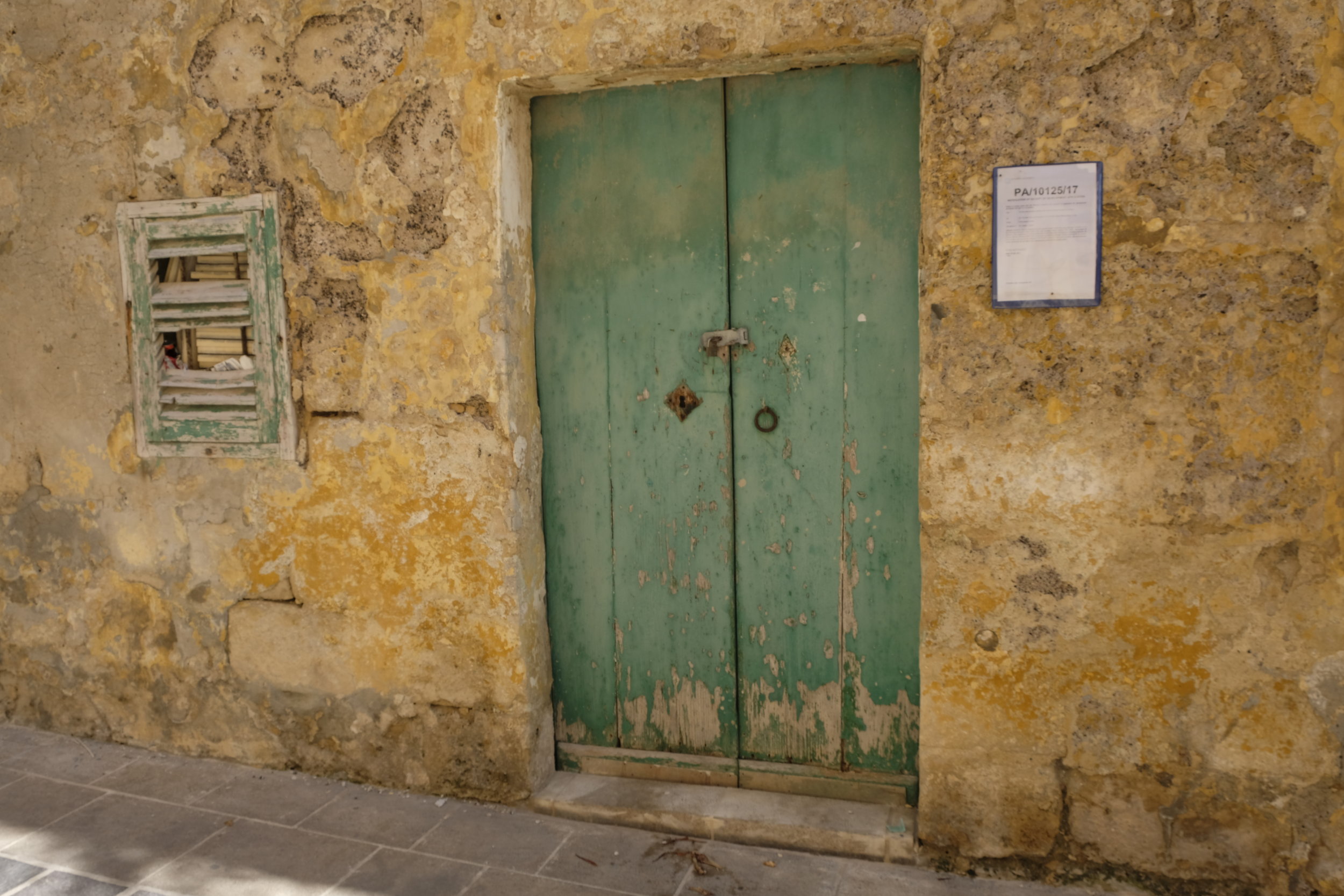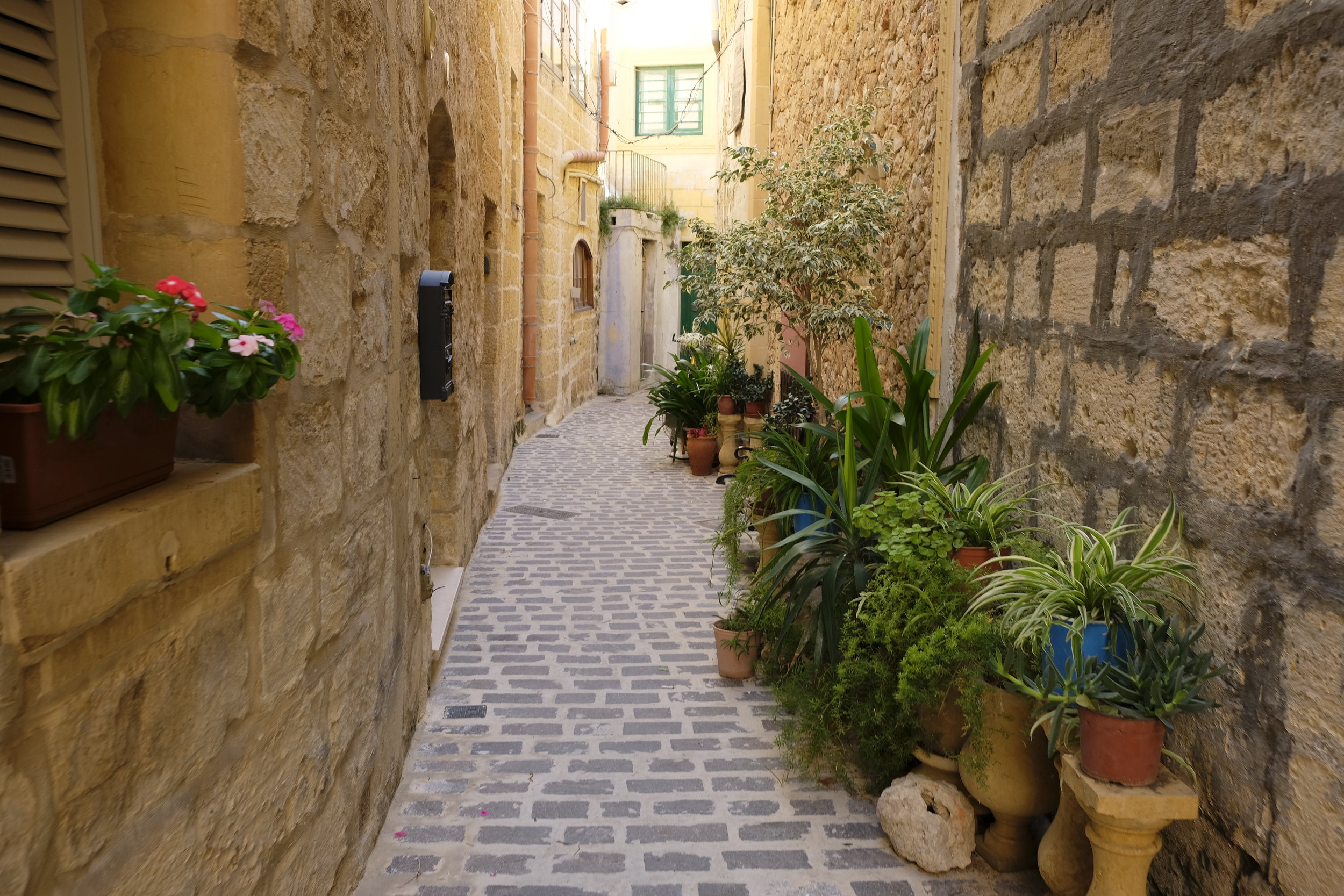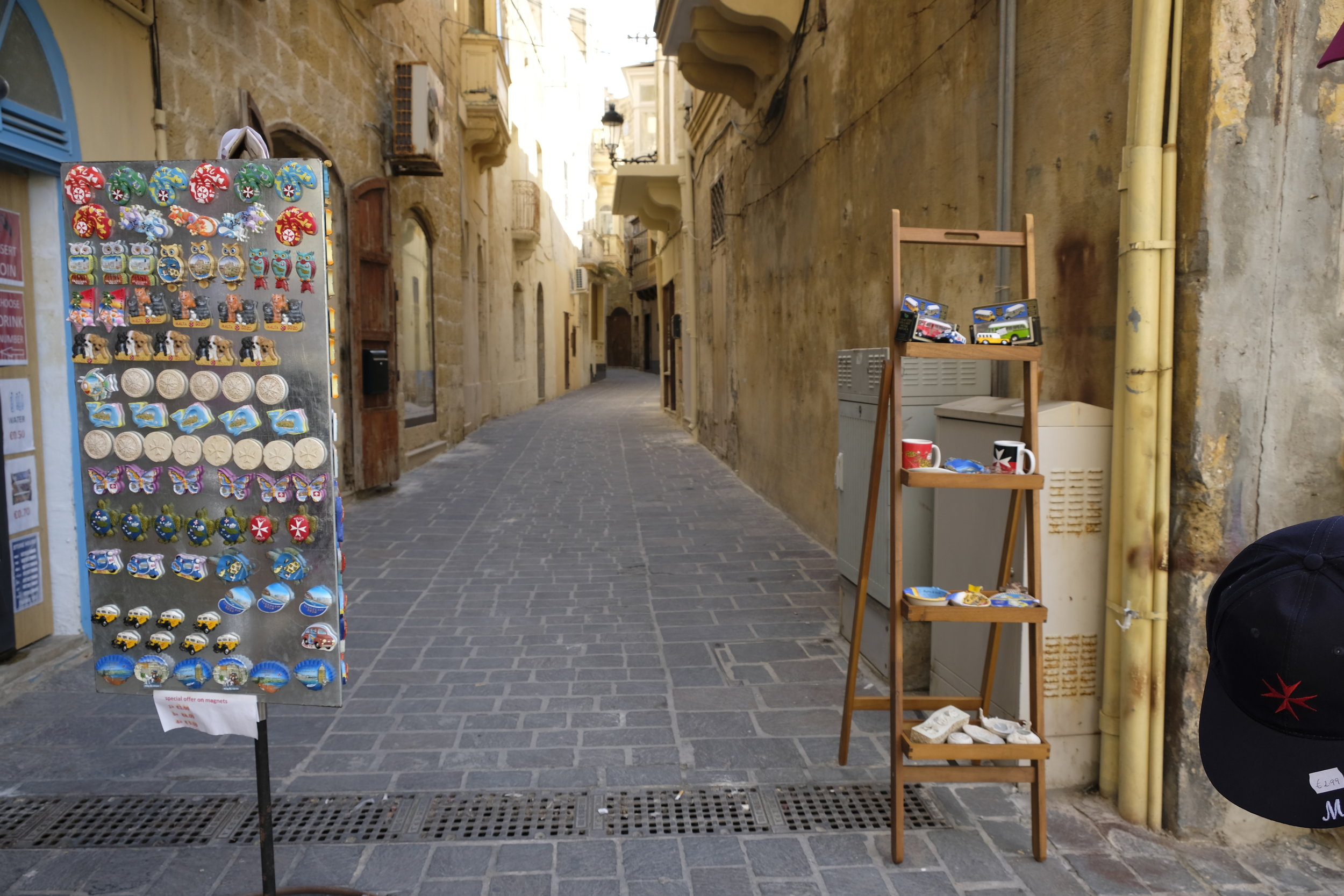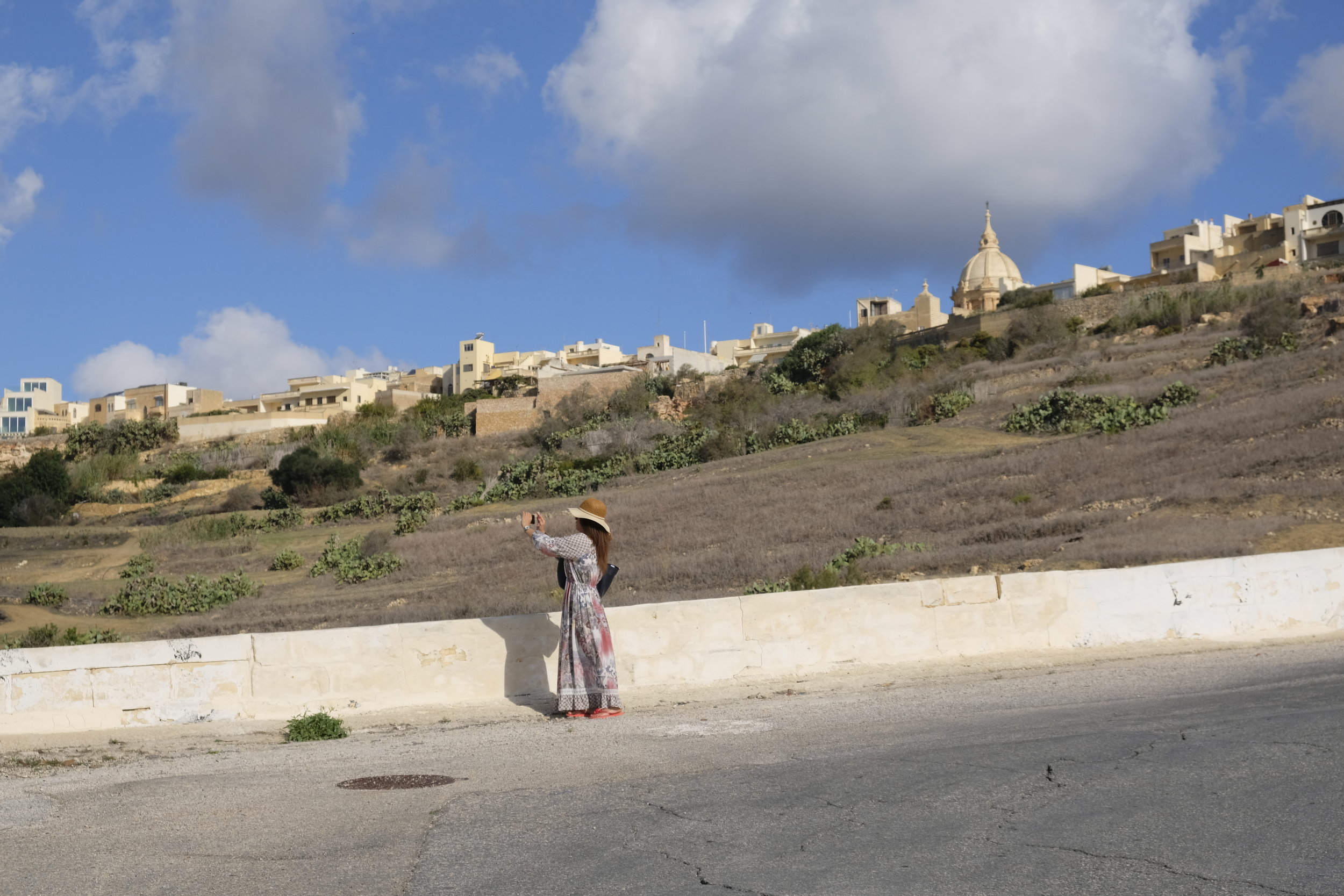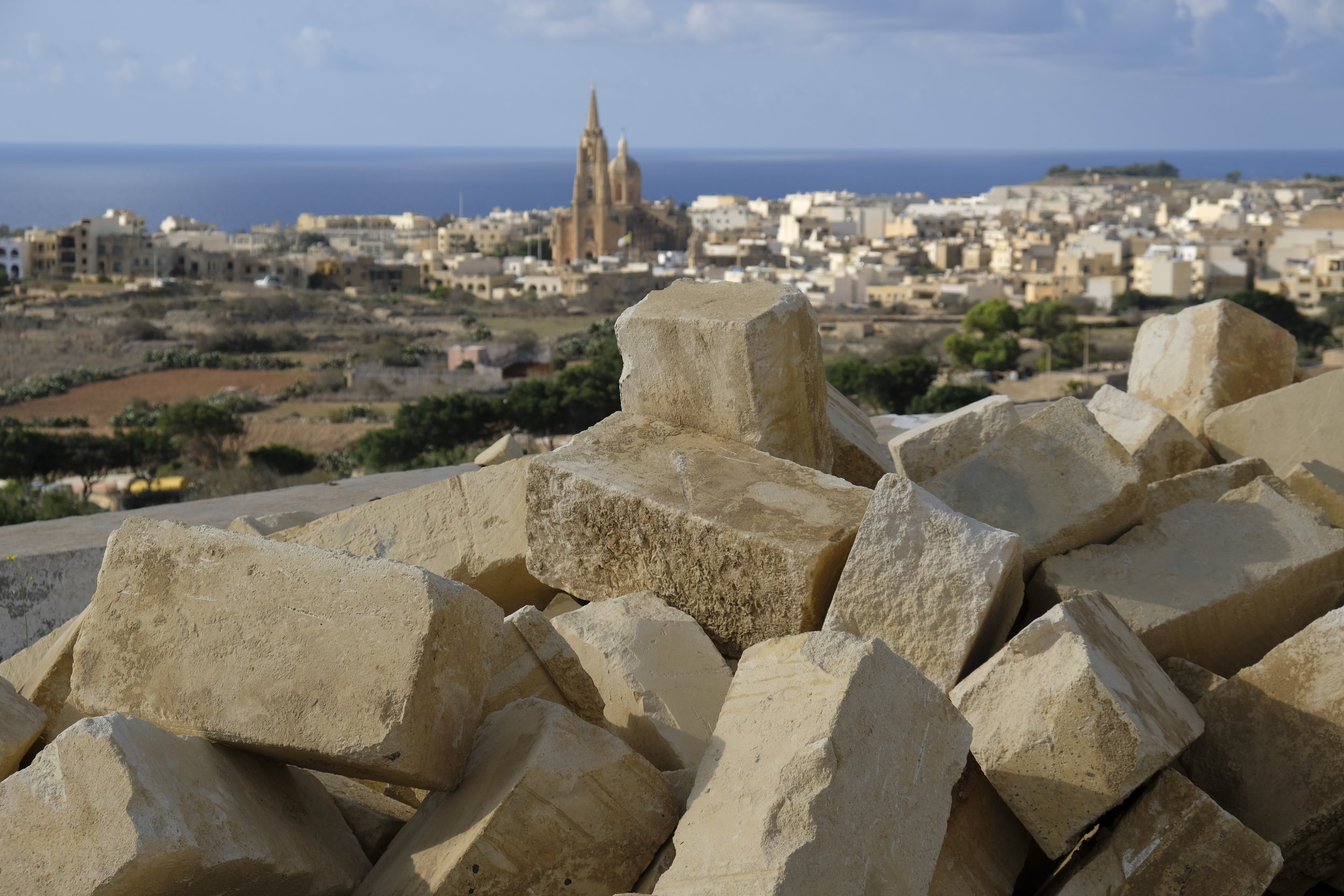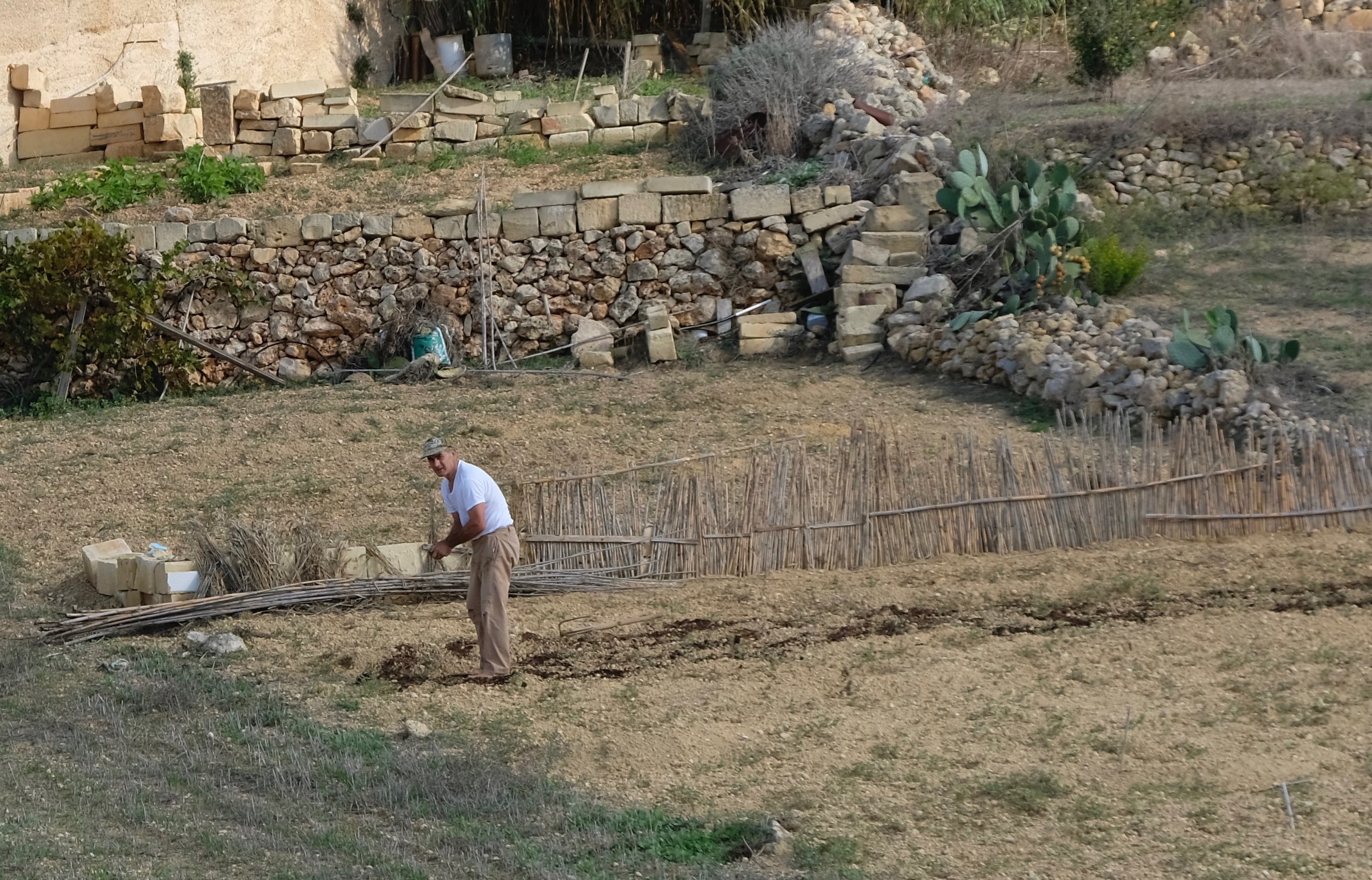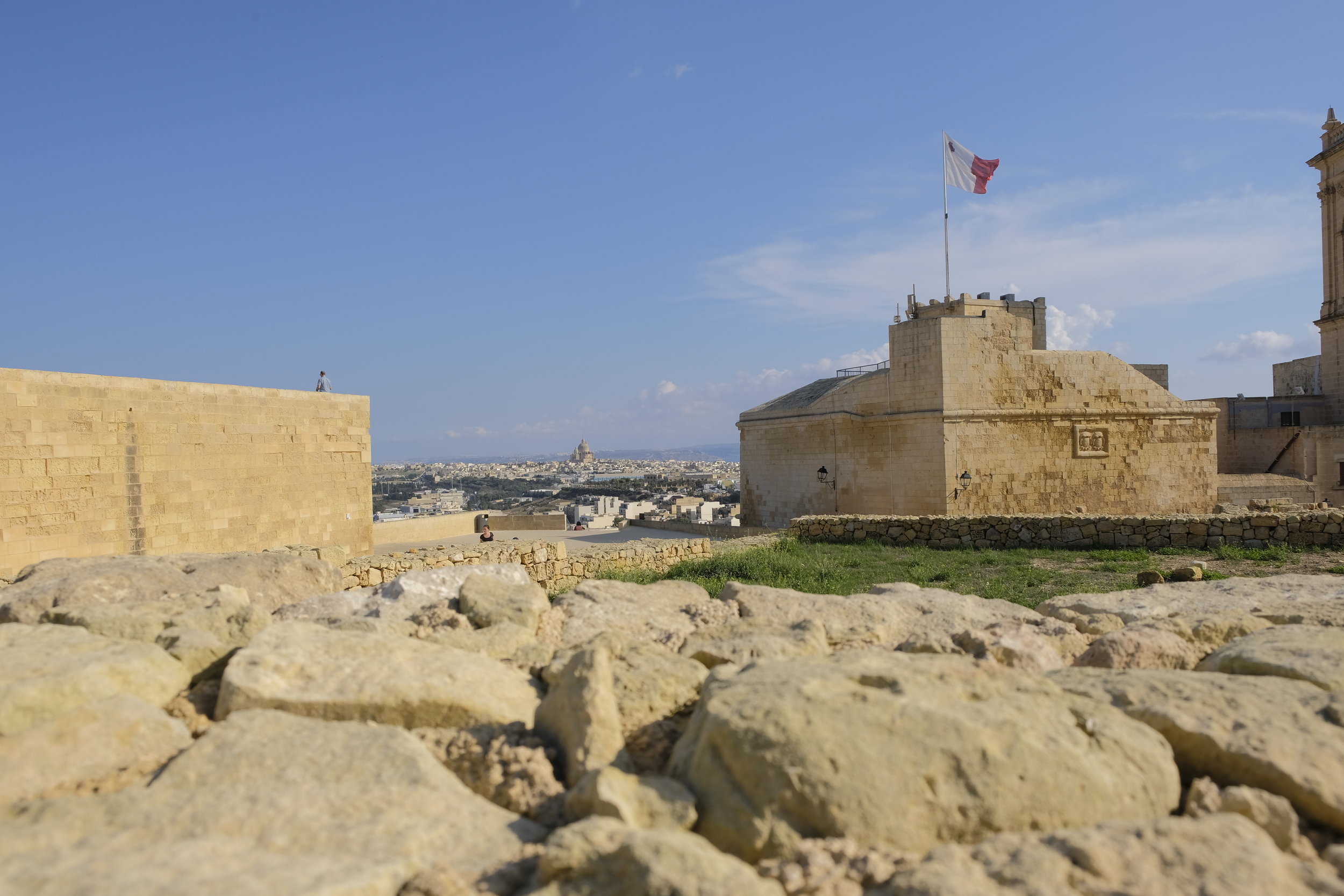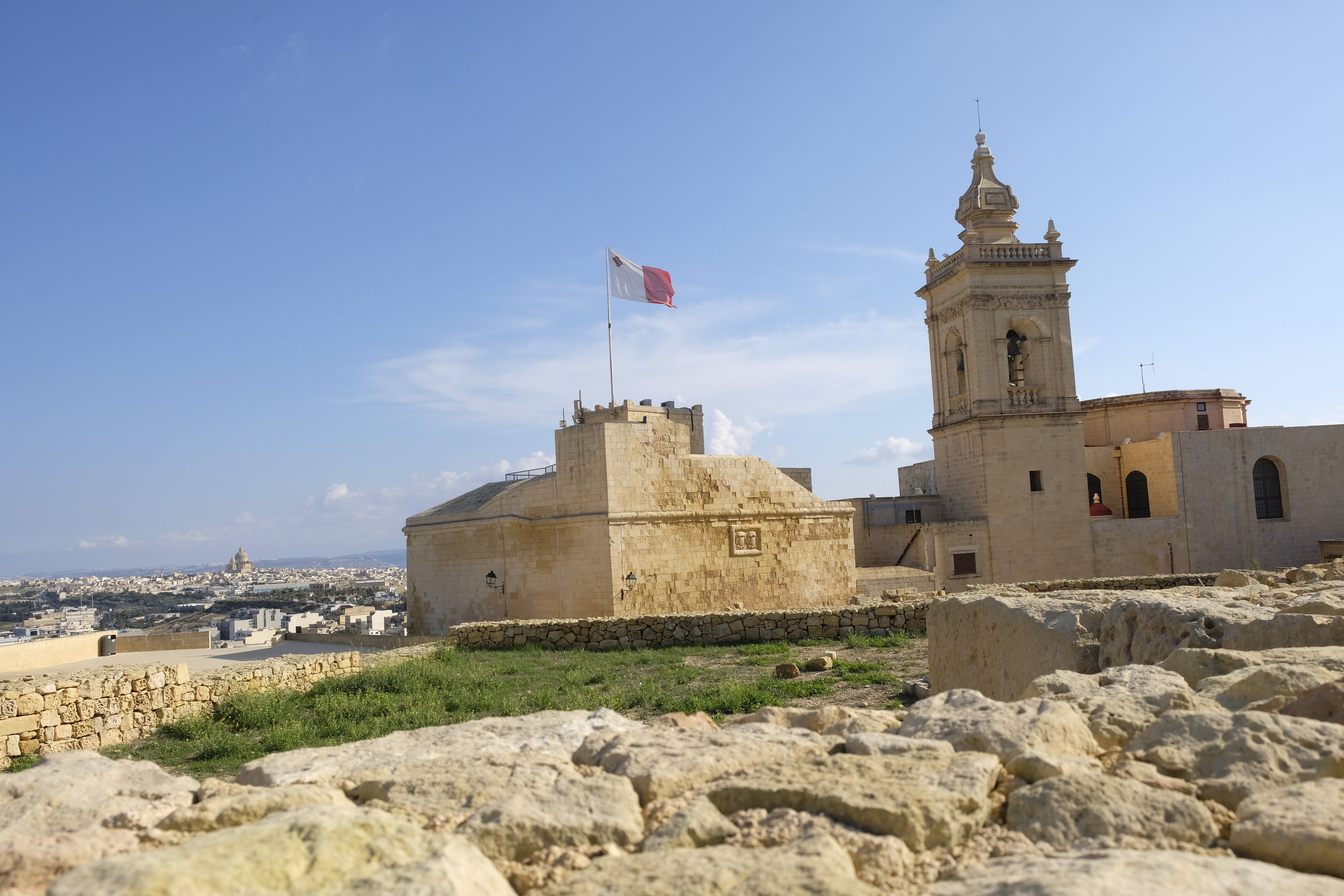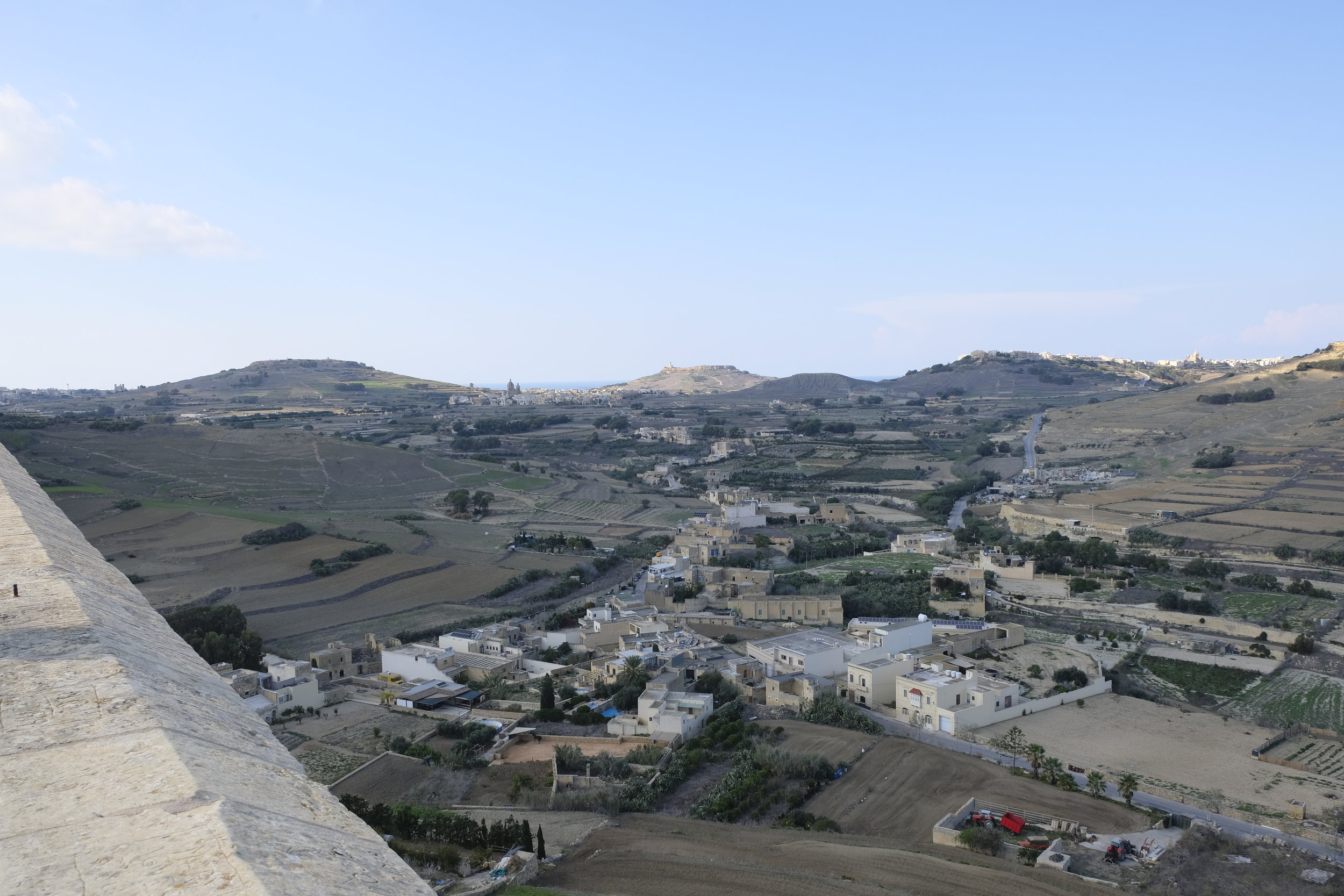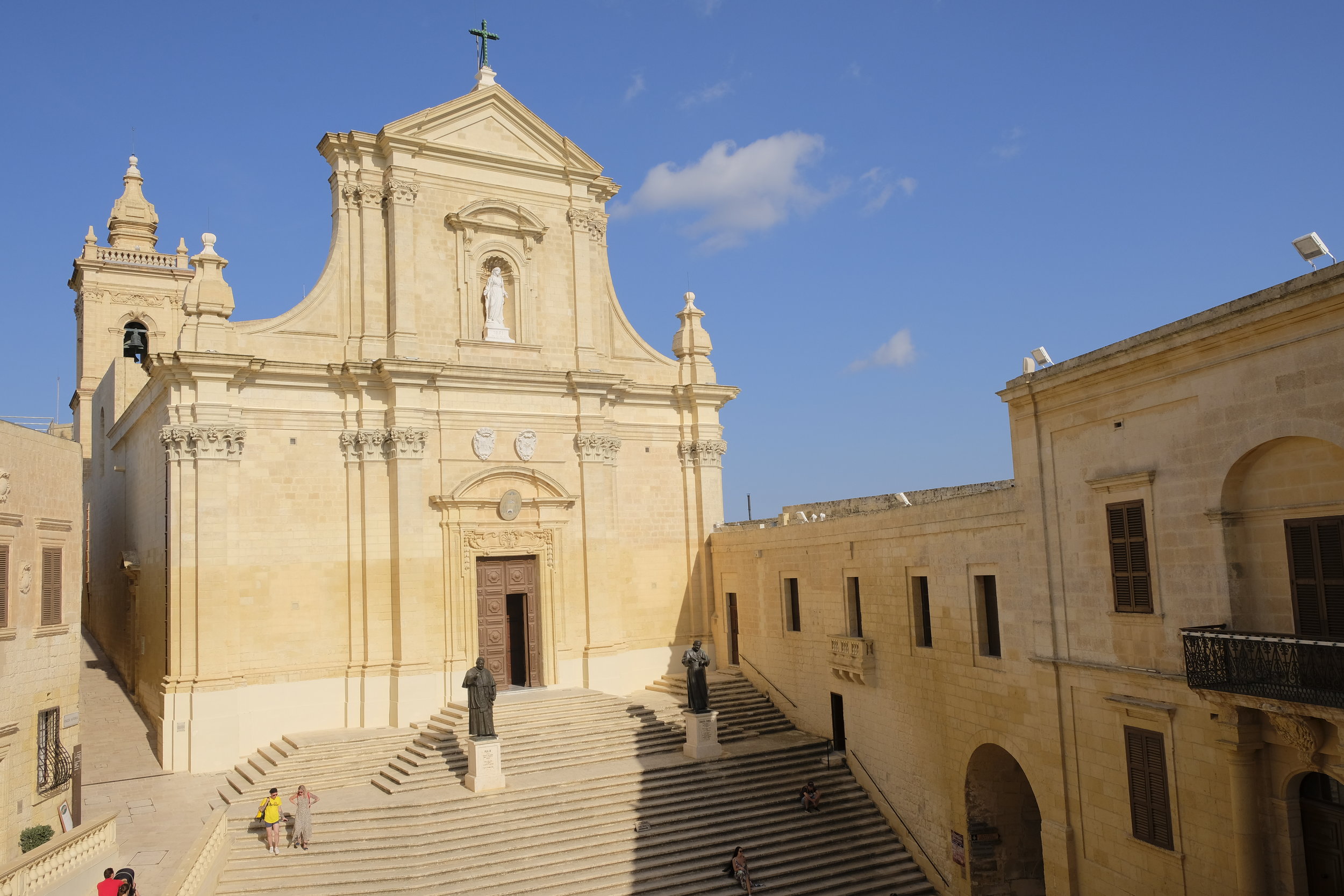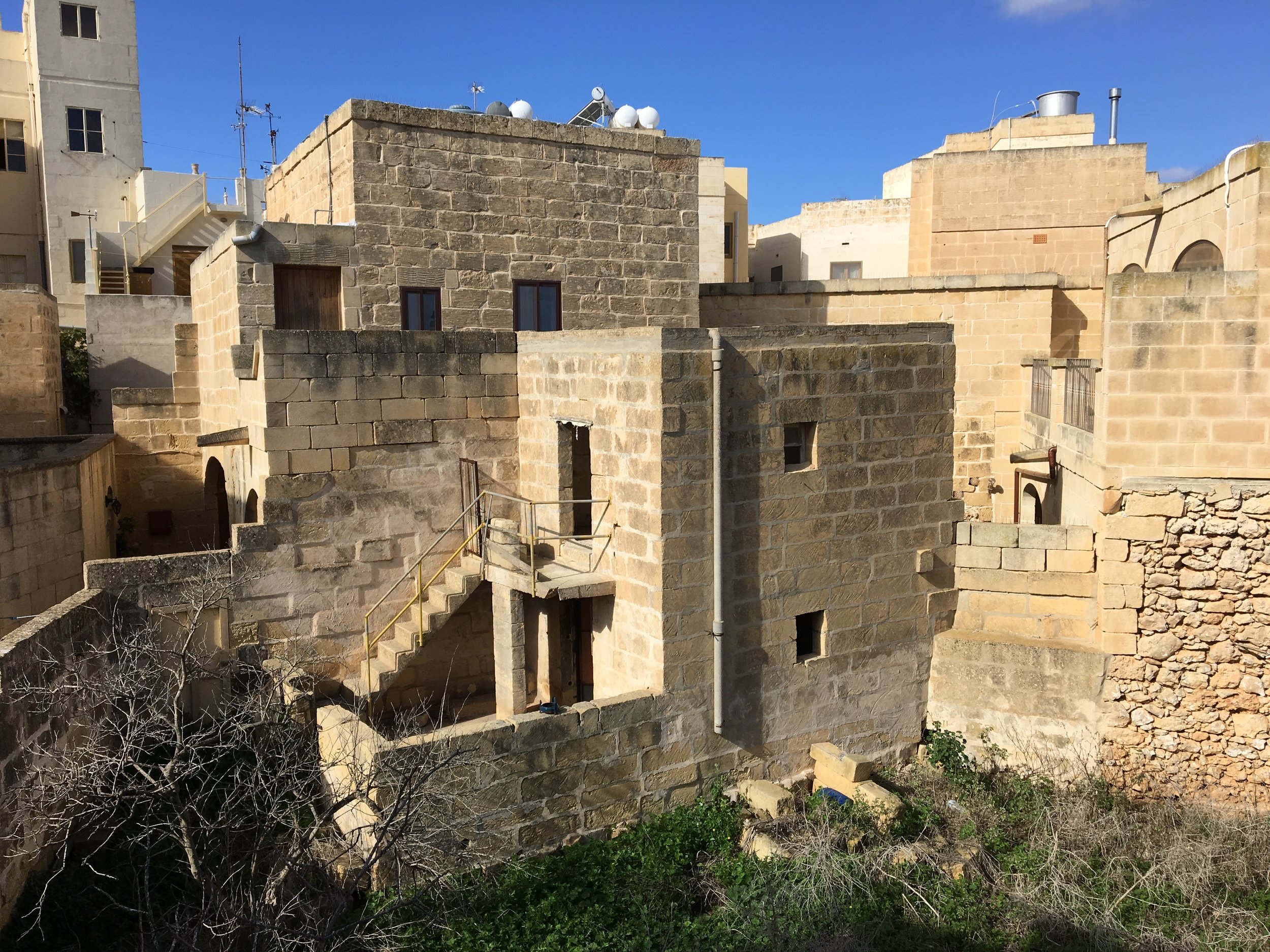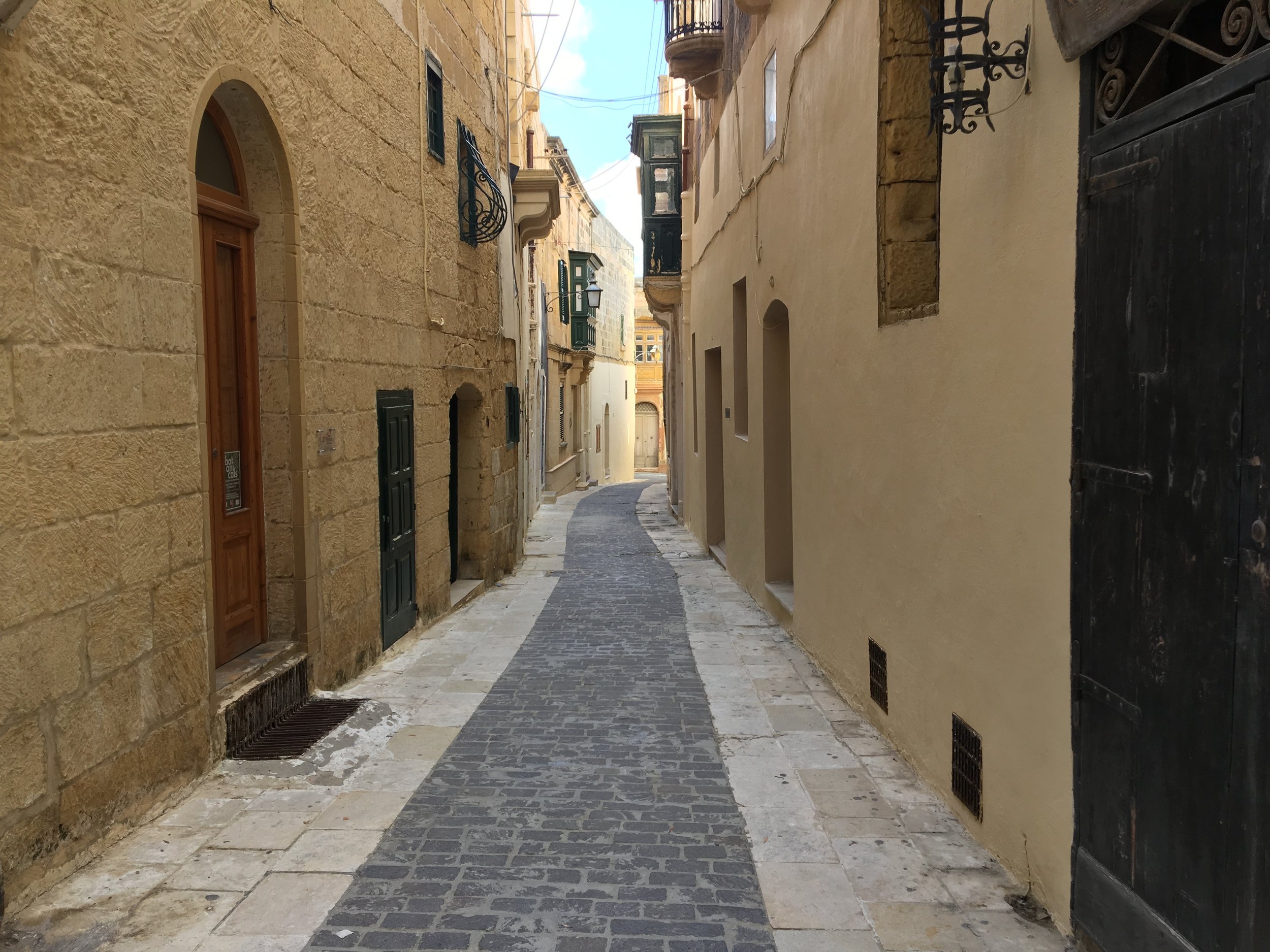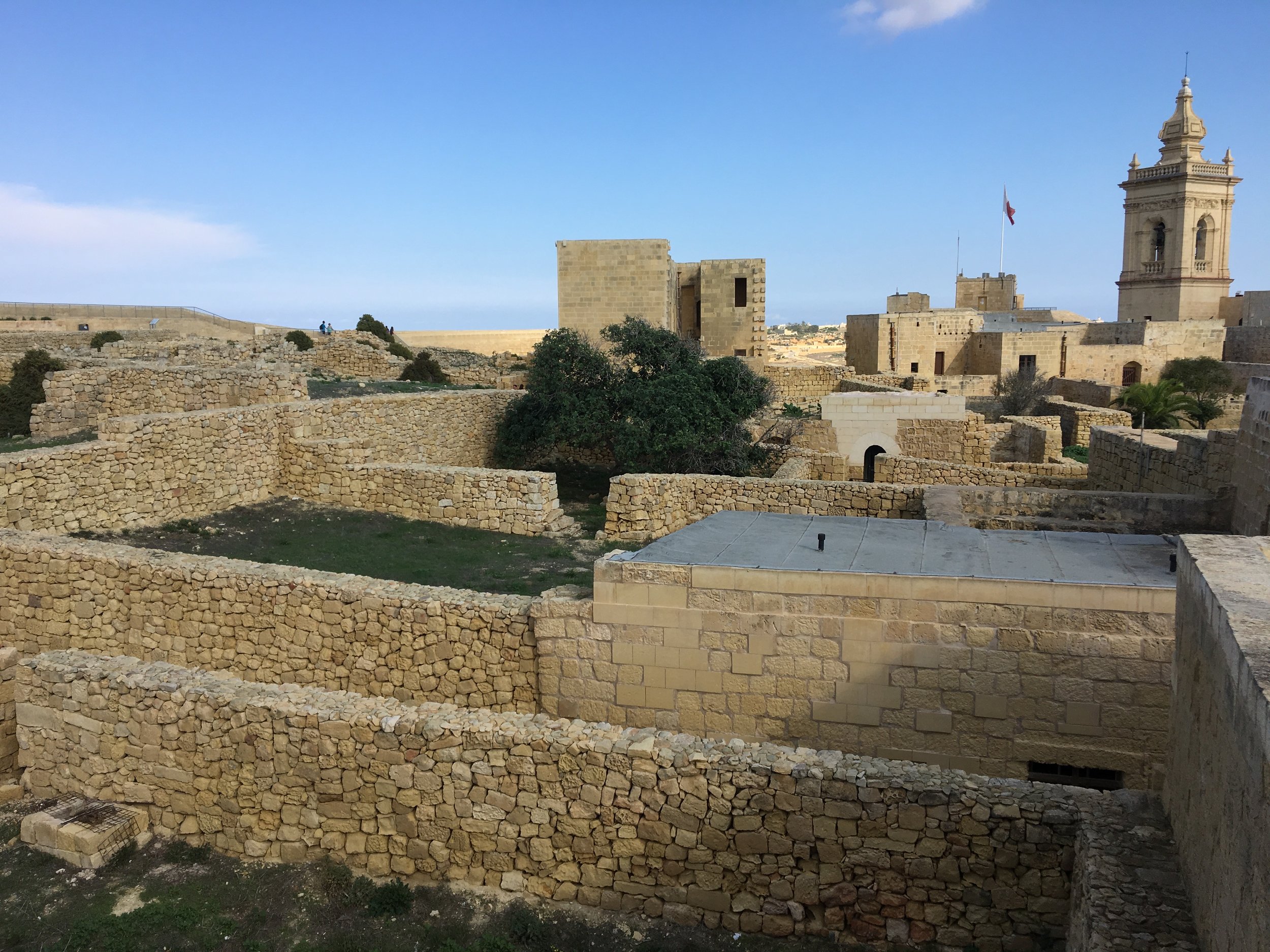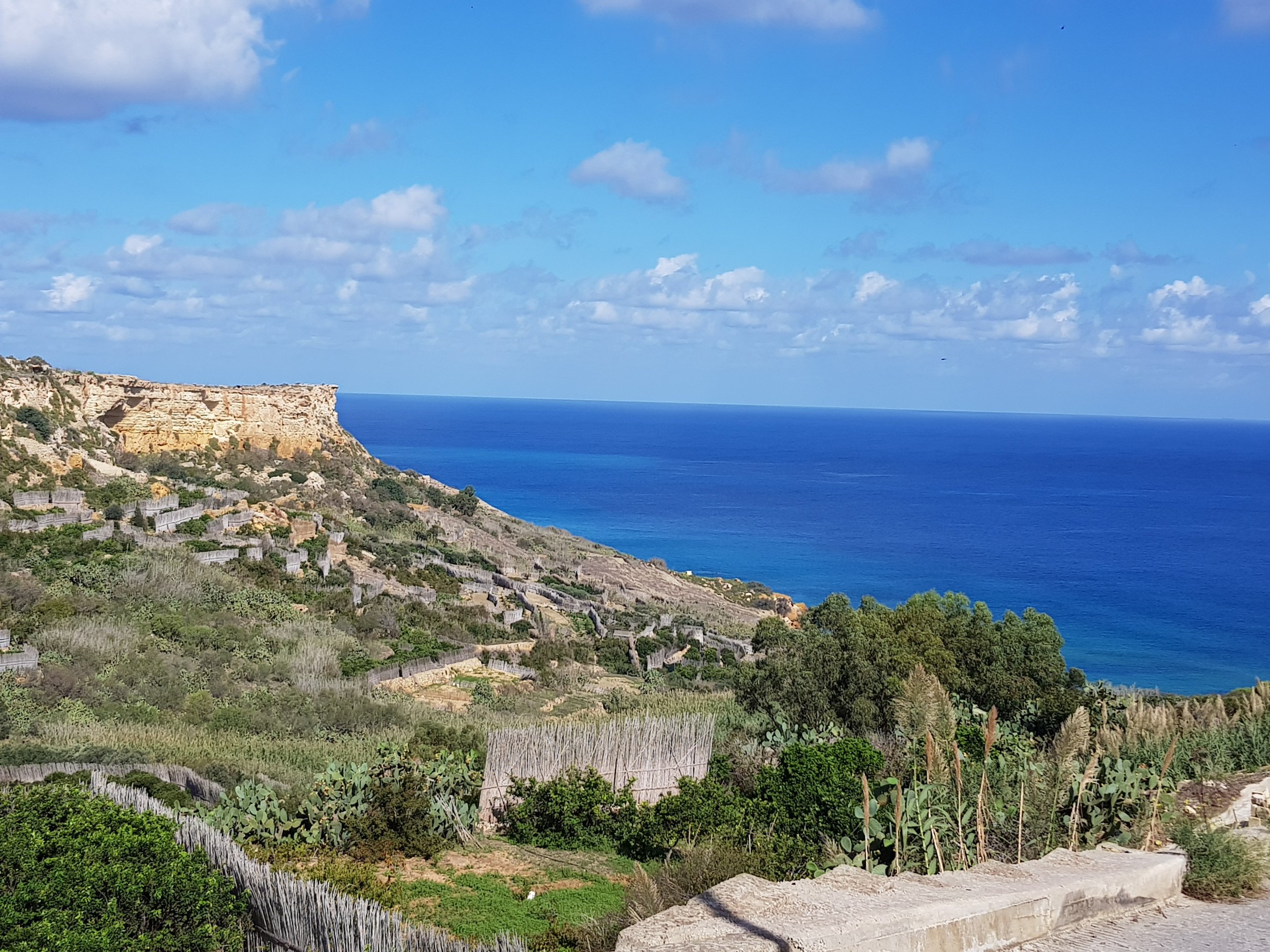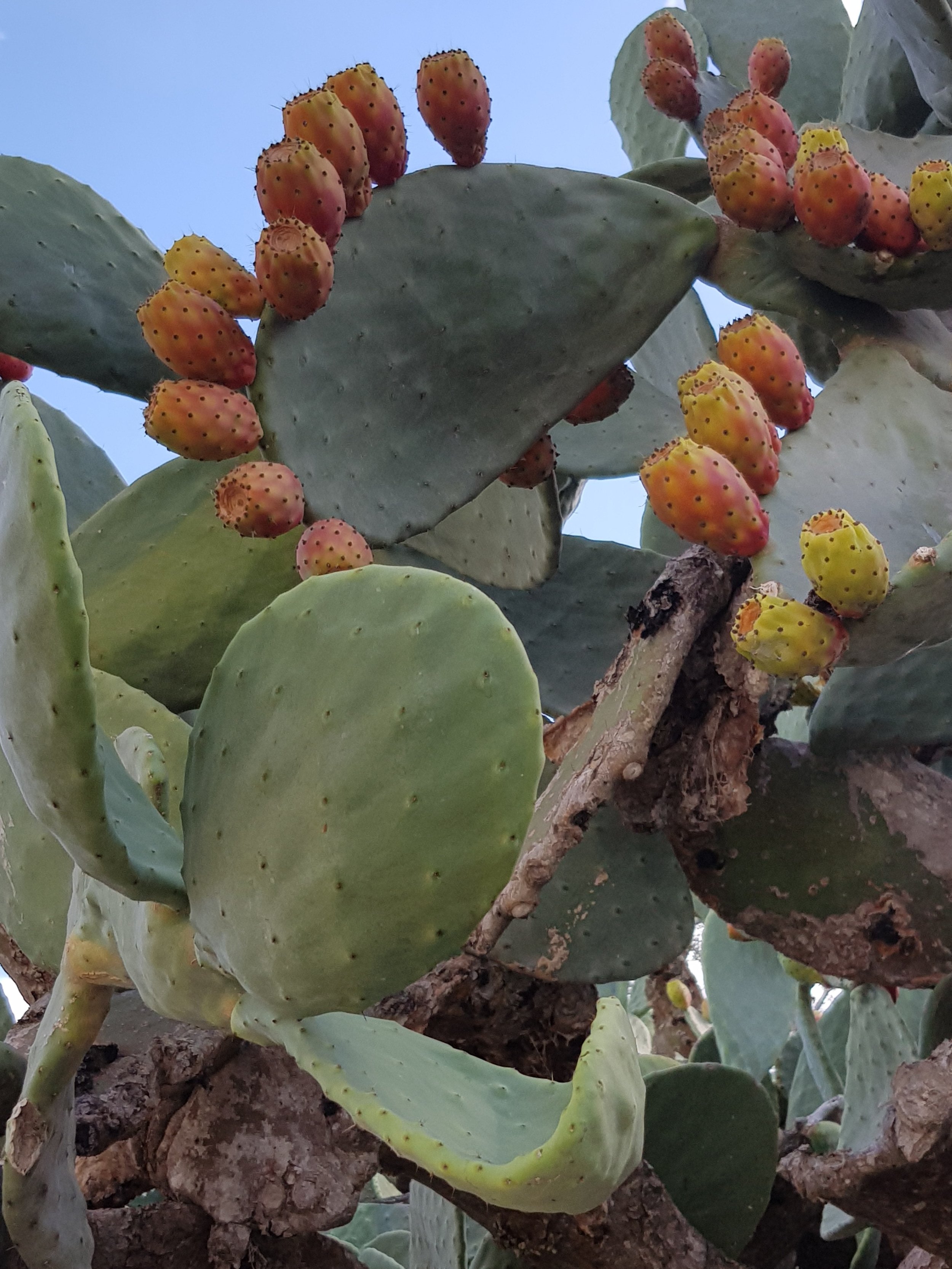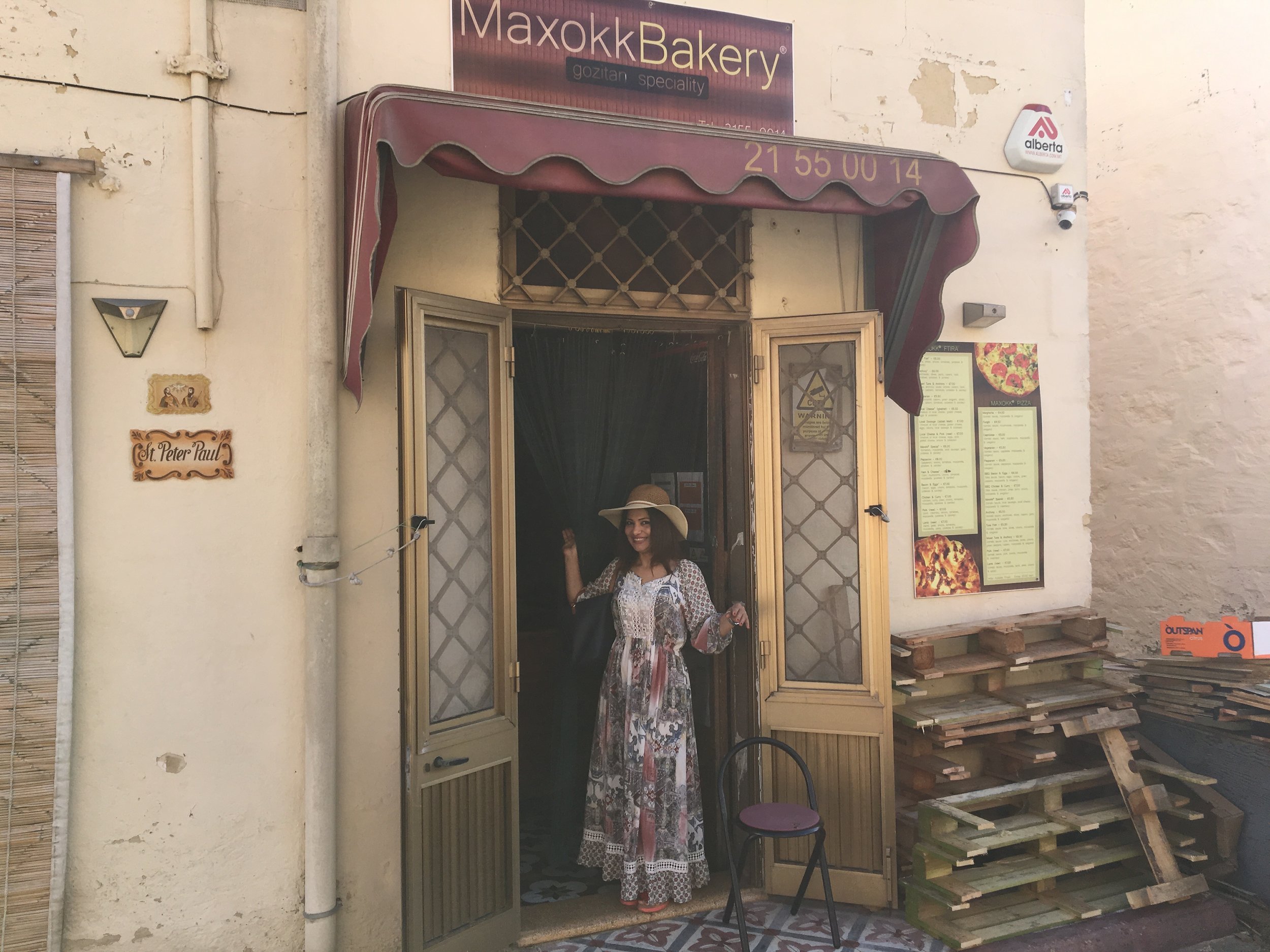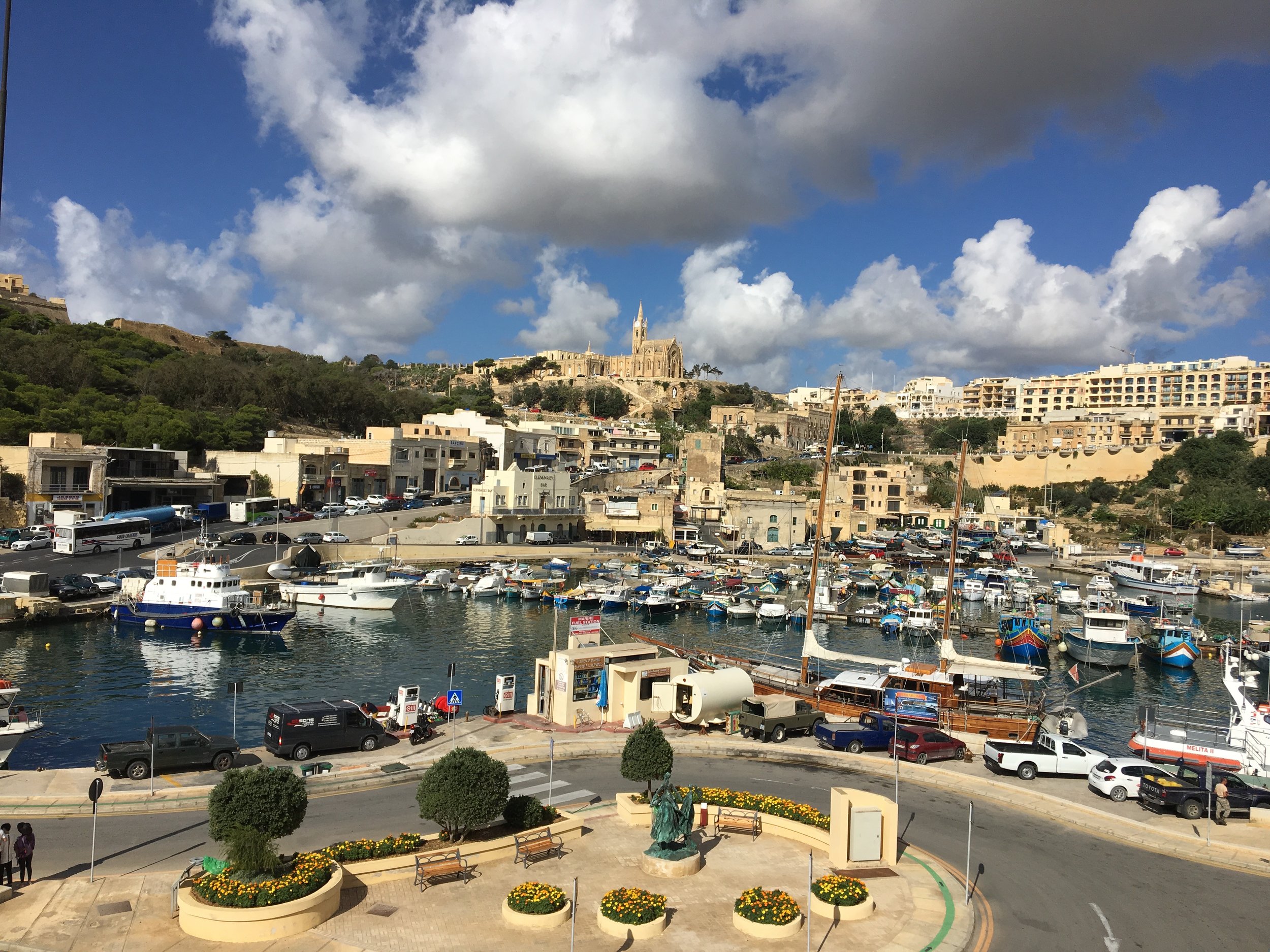For years now, such stories have ensured the Guardian could acquire and hold a huge readership in the US, which, of course, is where major revenues lay. It’s interesting to learn how this once unfashionable ‘liberal-lefty’ newspaper from Manchester (which had relocated to London), with its relatively small UK readership (ninth biggest in the UK[2]), transformed itself into an internationally renowned publication with a huge readership reach, including across North America.
No doubt for some, the over-focus on US news can be irritating (and some find it hard to forgive the Americanisms), though it’s difficult to criticise when it also does UK news so well; and its worldwide news, including through various innovations and collaborations (micro-sites, for example), is doing so well. As with everything nowadays, you need to adjust your preferences on the Guardian homepage to focus on the news you want to read.
Thousands of newspapers, many that had been around for many decades, simply couldn’t cope with the digital onslaught, as the likes of tech giants FaceBook and Twitter either took advertisement money (which had always been the basis of newspapers’ viability)[3] or readers’ attention - or both. Many closed, others went exclusively online (the Independent), some are still struggling, newsrooms depleted, ‘journalists’ churning out articles unworthy of their profession.
Data, technology and the internet has helped destroy many newspapers. Others have - eventually - made it work for them, by allowing newspapers to know their readers better than ever before, and tailor ‘news’ accordingly. The Guardian knows that in 2016 in the UK, ‘the average income of a reader … was GBP24,000 – or GBP20,412 online,’ – the medium household disposable income in the same year was GBP26,300.[4] It confirms that a small readership and paywall model would never work.
Though far from smooth, and with still uncertainty of how the next digital innovation will batter it, the Guardian is now flourishing. Underpinned by a GBP1 billion endowment, which is meant to ensure its long-term survival, by 2011 it was the second-most read English-language newspaper in the world, behind the New York Times.[5] So far, its determination to a reject a paywall, its turn to the US[6] (there ‘was no such thing as “abroad” any more’, he writes on page 169) and its digital-first strategy, complemented by setting up an office in Australia (that is now making money) is working. In October 2015, the Guardian became overtook the New York Times (though the click-bait happy Mail Online was by then number one in English).[7]
‘The weakness of the press,’ writes Rusbridger, ‘was slowly eroding its watchdog functions, enabling the rise of fake news.’[8] And in a period of populism, Trumpism, racism, and antisemitic, anti-Muslim, anti-immigrant and countless other challenges to the tolerant, fact-checked world we thought might be possible, newspapers who can be relied upon to tell the truth are invaluable.
The Guardian and other reputable sources of information and opinion certainly do not get everything right, and they should also be challenged and fact-checked. But proper journalism is expensive: the cost of a Washington correspondent, says Rusbridger, can cost GBP500,000 and Baghdad close to a million.[9]
Nevertheless, journalists holding the powerful to account, producing articles that seek truth not hyperbole, in which readers can place a high degree of trust, no matter their imperfection, are vital for a functioning democracy.
On his website, Rusbridger has a link for an extract for the book.
[1] Alan Rusbridger, Breaking News, p. 379
[2] Rusbridger, Breaking News, p. 336
[3] Rusbridger says that a GBP5,000 newspaper ad would cost GBP400 online (this seems to be around 2006)
[4] Rusbridger, Breaking News, p. 211
[5] Rusbridger, Breaking News, p. 275
[6] See pp. 133 for conclusion about paywall and the US; on a trip to the US in 2007, ‘people wanted to know when we would do more in America …’ – just one of many indicators of the reorientation towards the US, p. 137
[7] Rusbridger, Breaking News, p. 336
[8] Rusbridger, Breaking News, p. 176
[9] Rusbridger, Breaking News, p. 209

